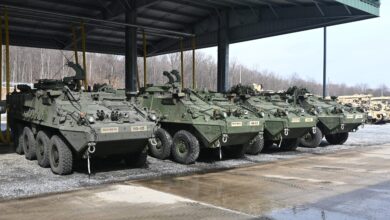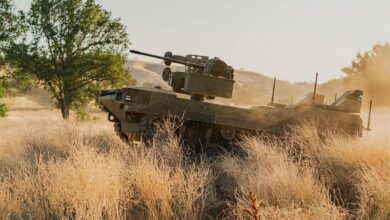The US Army has trialed its latest ground transport drone in a low-velocity airdrop at the Fort Liberty Normandy Drop Zone in North Carolina.
Led by experts from the Airborne and Special Operations Test Directorate, the test included various scenarios to assess the Small Multipurpose Equipment Transport’s (S-MET) ground impact tolerance during low-velocity airdrops.
The S-MET supports the logistical needs of Infantry Brigade Combat Teams by carrying their modular payloads, mission-critical equipment, and other supplies.
During the demonstration, the S-MET completed multiple low-velocity airdrop iterations and corresponding maneuvers possible on an active battlefield.
Information and feedback collected through the test will be used by US Army leaders to boost drone airdrop deployments and product decisions.
Before the Fort Liberty evaluation, personnel were trained on the robotic platform’s instrumentation, controls, and tactical operation instructions.
Small Multipurpose Equipment Transport Drone
S-MET is designed to run up to 72 hours and cover 60 miles (96.5 kilometers) with a small warfighter unit for internal resupply operations.
It uses 1 to 3 kilowatts of power supplied by a battery that can charge on the move and has a cargo capacity of 2,500 pounds (1,133 kilograms).
“The S-MET provides small, dismounted units the capability to generate power for organic electronic systems,” the Airborne and Special Operations Test Directorate’s Jacob Boll explained.
“S-MET reduces physical burdens while operating as a dispersed and decentralized force in austere environments for long periods.”
“Testing targeted the evaluation of the operational effectiveness and suitability of the S-MET for low-velocity airdrop operations.”
“The Soldiers were able to witness the S-MET’s capability to negotiate operationally relevant terrain profiles,”












